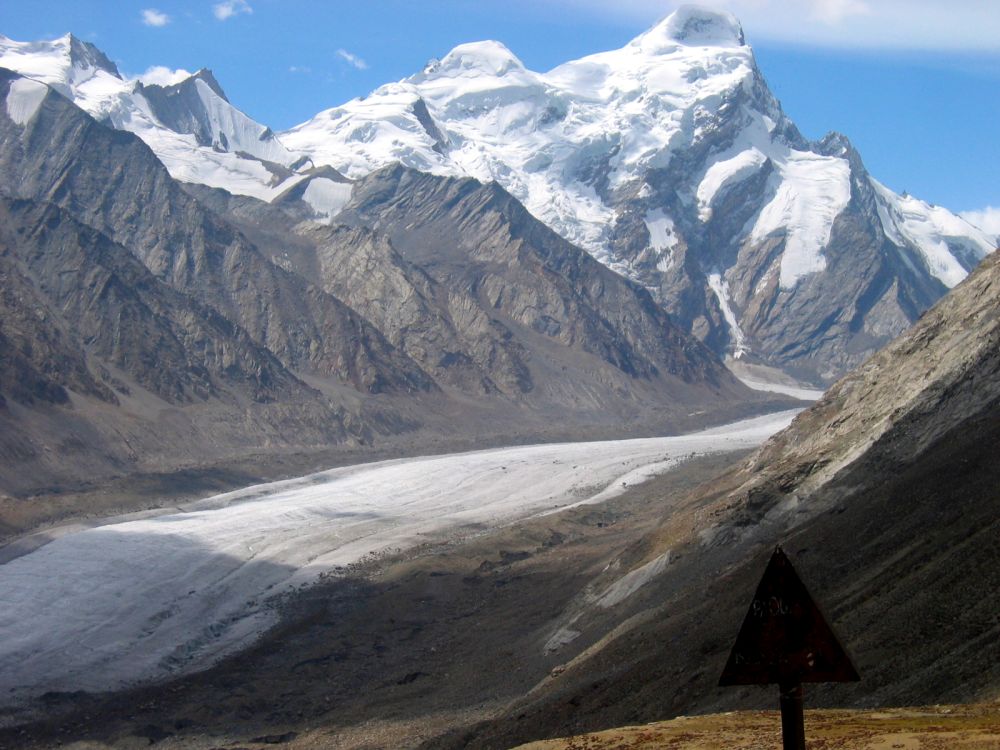

The history of tourism in Ladakh can be traced back to the era when it was a vital stopover on the ancient trade routes connecting Tibet, Kashmir, and Central Asia. However, it wasn't until the latter part of the 20th century that Ladakh, inclusive of the Pensi La Pass and Kargil regions, began to emerge as a tourist destination.
The government of India opened Ladakh to foreign tourists in 1974, pioneering the growth of tourism in the region. With this, the intrepid travelers started venturing into this high-altitude realm to explore its unique landscapes and cultural heritage. Pensi La Pass, situated at an elevation of about 4,400 meters, became a location on the adventurers' map for offering panoramic views and serving as the gateway to the picturesque Zanskar valley.
Over the years, a steady flow of tourism has transformed the fabric of this region with improved infrastructure, increased accessibility, and a boom in the hospitality sector. Today, the Kargil district, which encompasses Pensi La, benefits from the broader attractions of Ladakh, and caters to a diverse array of tourists ranging from the adventurous souls to the solitude seekers.
In recent years, Pensi La Pass has seen a shift in tourist activities and preferences. Notably, there is a rising trend of:
Despite the growing popularity, tourism in Pensi La Pass is regulated to preserve its pristine nature. The area remains one of the less traversed regions in India, offering an authentic experience for those who make the journey. Its remoteness continues to be both a challenge and a charm for the intrepid traveler.
Pensi La Pass stands as a testament to Ladakh's evolution from an ancient trade route to a renowned adventure tourism hotspot. While it maintains its mystique amidst the mighty Himalayas, its increasing accessibility and popularity serve as a reminder of the need for responsible tourism to protect the essence of this enchanting destination.